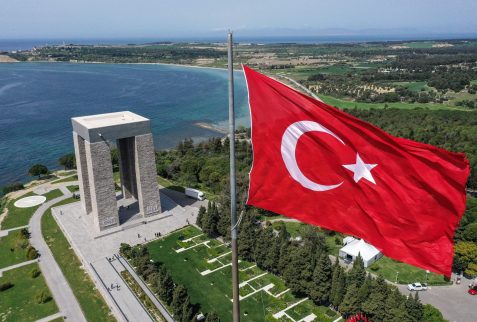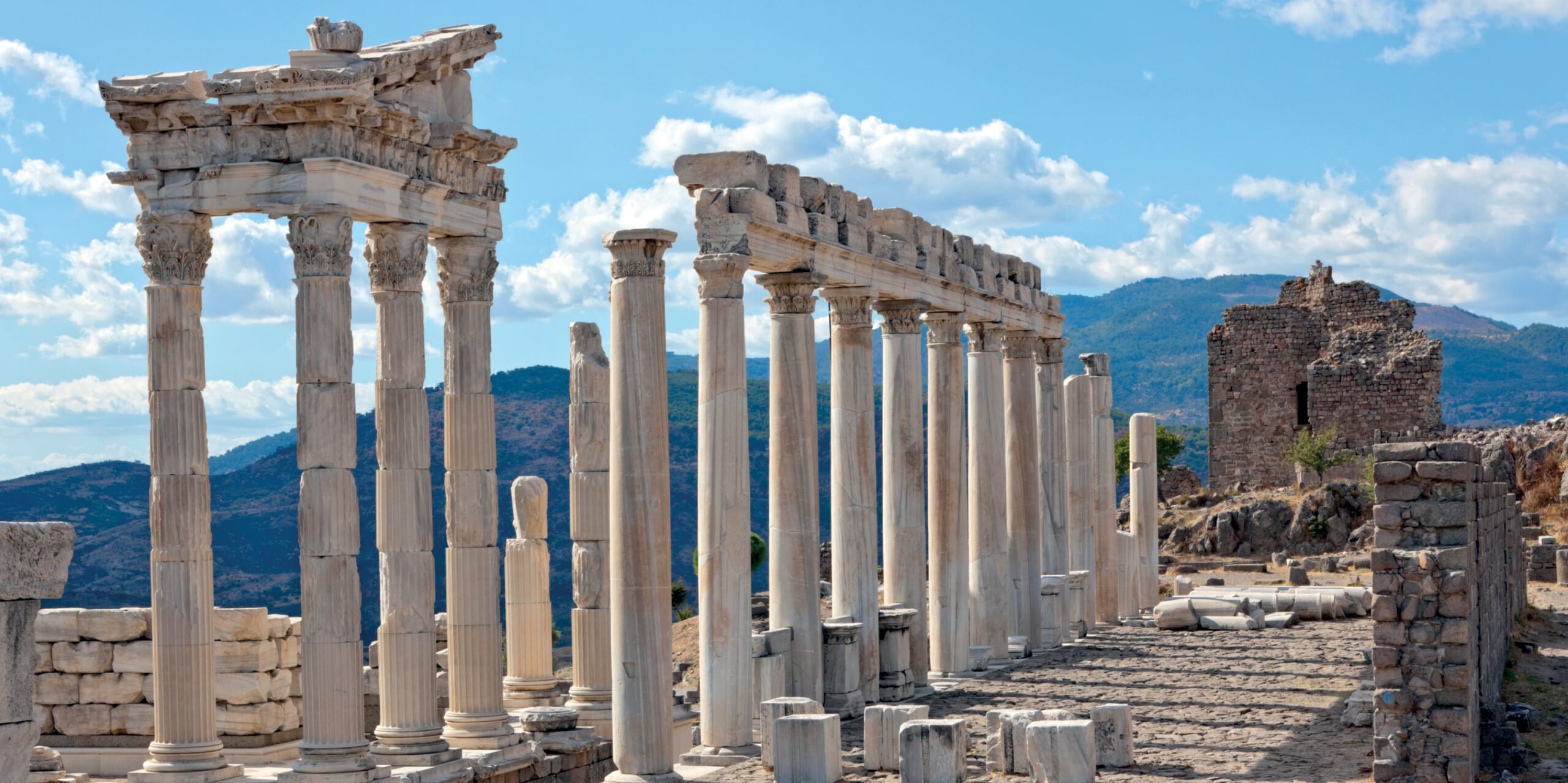Discover Gallipoli
The Gallipoli is the Italian form of the Greek name meaning ‘beautiful city’ the original name of the modern town of Gelibolu. Gallipoli is located in the southern part of East Thrace European part of Turkey with the Aegean Sea to the West and the Dardanelles strait to the east.
Gallipoli has witnessed important wars such as, Crimean War (1853 -1856), First Balkan War (1912 – 1913), World War I Gallipoli Campain (1914 – 1918), Greco – Turkish War (1919 – 1922). World War I probably was the most important among all others. During the World War I, French, British and allied forces (Australian, New Zealand, Irish and Indian) fought the Gallipoli Campaign and near the peninsula seeking to secure a sea route to reliebe their ally Russia. The Ottomans set up defensive fortificatiıns along the peninsula and contained the invading forces. The campaign , one of the greatest Ottoman victories during the war is considered by historians as a major Aliied failure. Turks regar it as a defining moment in their nation’s history a final surge in the defence of the motherland as the Ottoman Empire crumbled. The struggle formed the basis fort he Turkish War of Independence and founding of the Republic of Turkey eight years later under President Mustafa Kemal ATATURK who firs rose to prominence as a commander at Gallipoli. The campaign was the first major military action of Australia and New Zealand (or Anzacs) as independent dominions. The date of landing, 25 April is know as Anzac Day. It remains the most significant commemoration of military casualties and returned soldierr in Australia and New Zealand.
Troy
Troy or Troya was an ancient city located at Hisarlik in present-day Turkey, 30 KM southwest of Canakkale and 6 KM east of Aegean Sea. It is famous for as the setting fort he Greek myth of the Trojan War. In ancient Greek literatüre Troy is portrayed as a powerful kingdom of the Heroic age a mythic era when monsters roamed the earth and gods interacted directly with humans.
Until the late 19th century scholars regarded the Trojan War as entirely legendary. However, starting in 1871 Heinrich Scliemann and Frand Calvert excavated the site of classical era city under whose ruins they found the remains of numerous earlier settlements. Several of these layers resemble literay depictions of Troy.
Pergamum
Pergamum, Greek Pergamon, ancient Greek city in Mysia situated 30 KM from Aegean Sea on lofty isolated hill on the northern side of broad valley of Caicus. Pergamum exited from the 5th century BCE but became more important at Hellenistic Age when it served as the residence of the Attalid Dynasty. Their fortress and palace stood on the peak of the hill while the town itself occupied the lower slopes. Under the Roman Empire the city was situated on the plain below.





